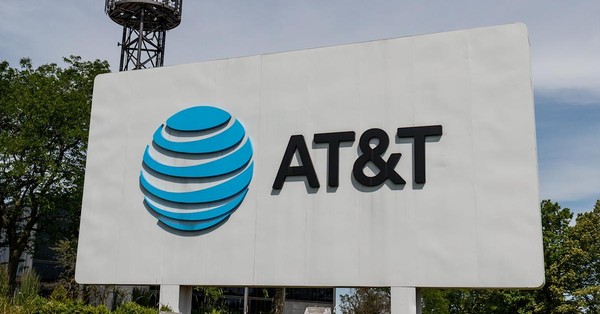Biden-Harris Administration Fuels Open RAN Development with $42 Million Investment
February 12, 2024
Marking a significant milestone in the realm of wireless communications, the Department of Commerce’s National Telecommunications and Information Administration (NTIA) has announced a groundbreaking $42 million investment from the Public Wireless Supply Chain Innovation Fund. This funding is a part of an ongoing initiative, with additional grants expected following the next Notice of Funding Opportunity.
Catalyzing Innovation in Dallas Technology Corridor
This initiative will see the creation of a state-of-the-art testing, evaluation, and R&D center focused on Open RAN technologies in the Dallas Technology Corridor, along with a satellite facility in Washington, D.C. The consortium, comprising U.S. and foreign carriers, universities, and equipment suppliers, aims to advance research in network performance, interoperability, security, and innovative testing methods.
Enhancing Global Cooperation and Accessibility
These new facilities are set to democratize access to industry-standard testing for new market entrants both domestically and internationally. This move is expected to foster unprecedented collaboration across various sectors, enhancing the global wireless technology landscape.
Strategic Economic and Security Implications
The U.S. Secretary of Commerce, Gina Raimondo, emphasized the strategic importance of this investment in alignment with President Biden’s Investing in America Agenda. With a total of $140 million invested through the Wireless Innovation Fund to date, these efforts highlight the U.S.’s dedication to leading in global telecommunications, fortifying supply chains, and reducing costs.
Foundation for Next-Gen Wireless Networks
By focusing on open and interoperable networks such as Open RAN, the NTIA is setting the stage for a more robust, secure, and resilient telecommunications infrastructure. This paves the way for the U.S. and its global partners to spearhead wireless innovation.
Collaborative Project Leadership
AT&T and Verizon are at the forefront of this project, collaborating with international entities like NTT DOCOMO and Reliance Jio, and academic institutions such as the University of Texas at Dallas and Virginia Tech. This diverse coalition is critical for driving the project’s success.
Broadening the Wireless Innovation Horizon
The $140 million allocated by the NTIA from the Wireless Innovation Fund represents a significant portion of the $1.5 billion program over the next decade. This investment in open and interoperable networks is vital for stimulating competition, enhancing global supply chain resilience, and lowering costs for both consumers and network operators.
Project ACCoRD: Accelerating Open RAN Adoption
With over $42 million in funding, the Acceleration of Compatibility and Commercialization for Open RAN Deployments (ACCoRD) project includes notable participants such as Microsoft, Nokia, Samsung, and Intel. This collaboration is set to revolutionize the Open RAN ecosystem, promising significant advancements in wireless technology.
Expanding the Scope of Open RAN
Beyond the immediate project, the implications of this investment extend to various facets of wireless technology. Open RAN promises not only enhanced network performance and security but also paves the way for more innovative and flexible network architectures. This could lead to more personalized and efficient network services for consumers and businesses alike.
A Future-Proofed Wireless Infrastructure
Investing in Open RAN is not just about current technological advancements; it’s about future-proofing the wireless infrastructure. As we edge closer to the widespread adoption of technologies like 5G and eventually 6G, Open RAN will play a crucial role in ensuring these networks are as adaptable, secure, and efficient as possible.
About NTIA
The National Telecommunications and Information Administration, an arm of the U.S. Department of Commerce, remains a key advisor to the President on telecommunications and information policy. Its efforts are instrumental in expanding broadband access, advancing public safety communications, and ensuring the continued role of the Internet as a driver of innovation and economic growth.








































